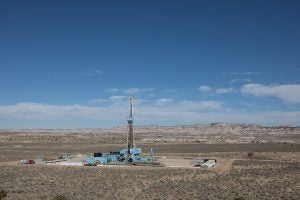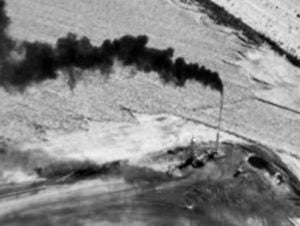 By Jon Goldstein and Ben Tettlebaum
By Jon Goldstein and Ben Tettlebaum
With responsibility over one-eighth of the nation’s landmass, the Bureau of Land Management has a lot of important jobs. Chief among them is ensuring federal and tribal lands — and the minerals beneath them — are wisely and responsibly managed on behalf of the public, including U.S. taxpayers and tribal citizens.
But avoidable venting and flaring of natural gas from these lands emit harmful pollutants that have significant public health impacts, especially on communities living near oil and gas fields. What’s more, this damaging practice severely exacerbates the climate crisis and, estimates show, wastes $400 million worth of gas every year.
That’s why a broad coalition of 65 environmental, conservation, tribal, business, faith and agricultural groups called on BLM in a letter late last month to follow the lead of states like Alaska, Colorado and New Mexico and ban routine venting and flaring of natural gas.




